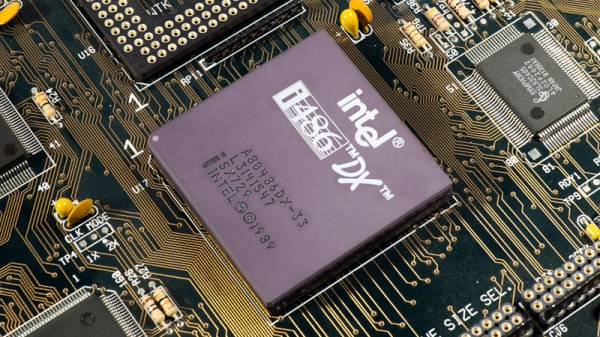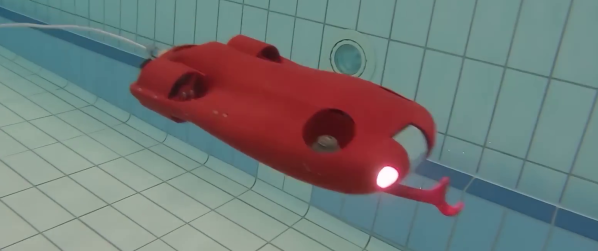Anyone with an outdoor cat in their life knows their propensity for bringing home offerings, in the form of critters in various stages of the process of becoming ex-critters. And anyone with a hacker in their life knows that there’s a tendency to throw technology at this problem. But sometimes, the simplest solutions are the best.
Take this simple stepper-powered cat door lock. For [Jason Winfield], the essential problem with his outdoor cat’s late-night demands for reentry was having to manually unlock the cat door after a quick visual check that no midnight snacks were along for the ride. Such activity tends to make it hard to get back to sleep. One natural reaction to this would be to completely automate the process with machine learning to recognize the offering and deny entry; we’ve seen exactly that before, after all. But recognizing that the disruptive part was the getting up to check bit, [Jason] just whipped up a simple stepper-driven lock with an ESP8266 microcontroller. With a 3D-printed case and a battery pack, and a nearby Wi-Fi camera, the lock denies entry to the cat until he gets a look at it, at which point he simply hits the lock’s webpage to unlock the door. The video below would show the lock in action, except the cat buggered off once it got a whiff of the doings. Cat’s gonna cat.
What we appreciate about this project is its simplicity. It solves the problem with the minimum feature set, which is something we see too little of sometimes. It’s also got some nice ideas, like the non-captive bolt that can be removed to unlock the door if the battery dies. Smart thinking, [Jason], and sweet dreams.
Continue reading “Simple Wi-Fi Cat Door Solves The Extra Critter Problem, And Nothing More”

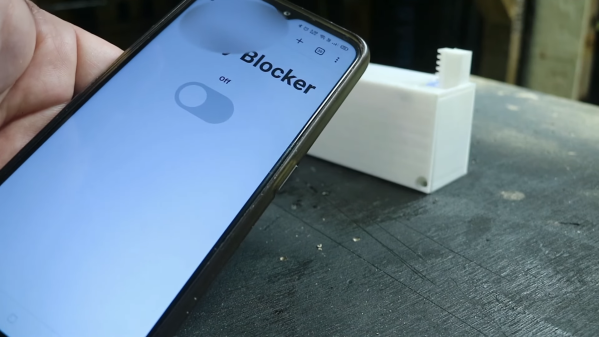
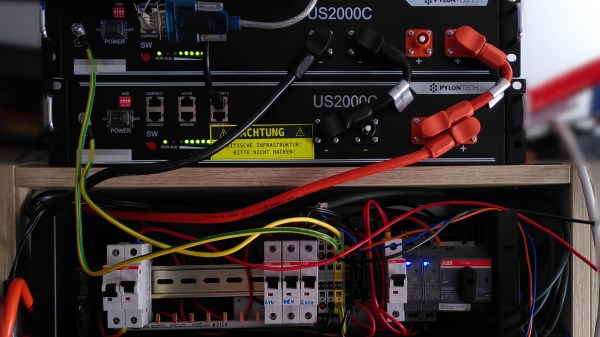
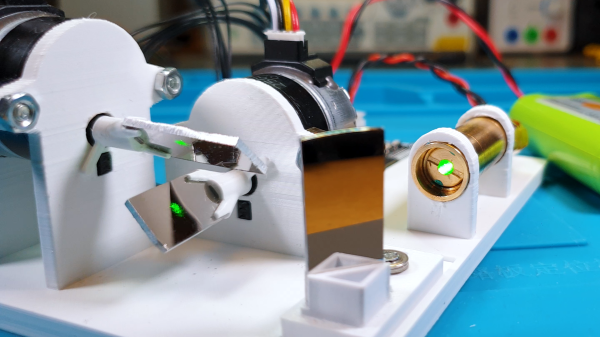
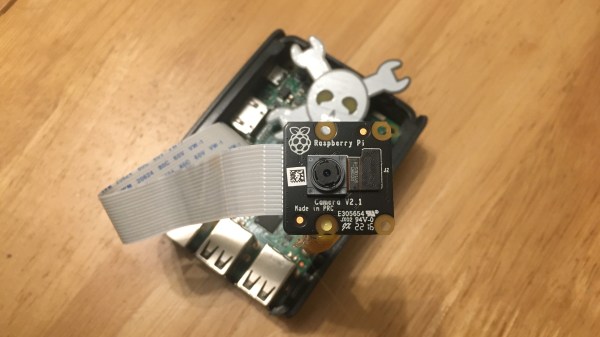
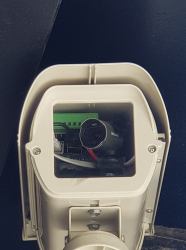 Five years later, I joined a hackerspace, and eventually found out that its CCTV cameras, while being quite visually prominent, stopped functioning a long time ago. At that point, I was in a position to do something about it, and I built an entire CCTV network around a software package called
Five years later, I joined a hackerspace, and eventually found out that its CCTV cameras, while being quite visually prominent, stopped functioning a long time ago. At that point, I was in a position to do something about it, and I built an entire CCTV network around a software package called 
